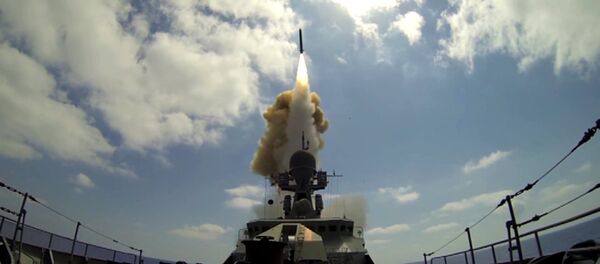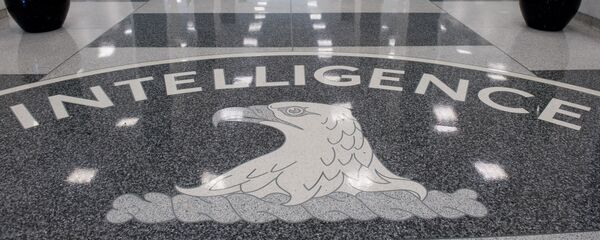“If North Korean tests continue at the same pace as they have so far this year, we should expect a new missile test every 2.1 weeks and another 13-14 tests,” Troy Stangarone wrote in an article for the KEI’s The Peninsula website.
The number of missile tests from Pyongyang has increased almost every year since 2012. Stangarone found North Korea launched an average of 0.25 missiles per month in 2012, 0.42 in 2013, 1.3 in 2014, 0.83 in 2015, 1.7 in 2016, and 1.8 so far in 2017. The analyst’s model revealed that while Pyongyang tested just eight missiles in 2012 and 2013, the rate picked up to 15.3 tests annually in 2015 and 2016.
— KEI (@KoreaEconInst) June 12, 2017
Stangarone’s forecast may turn out to be incorrect, as DPRK rarely follows a linear pattern of launching missiles, he noted, but if leadership in Pyongyang continues testing at its current clip, “North Korea would exceed last year’s total number of missile tests by 3-4 tests.”
While intelligence assessments can certainly change over time, the CIA compiled a report for the US National Intelligence Council titled “North Korea: Likely Response to Economic Sanctions” that concluded sanctions alone would not push Pyongyang off its desired path to obtain an arsenal of powerful nukes.
The report, classified as “secret” in 1990, stated, “The Intelligence Community believes that economic sanctions per se would not cause North Korea to abandon its nuclear weapon program.” It added that if Pyongyang viewed any sanctions as threatening its “basic survival,” it would likely strike South Korea in retaliation.
The most recent tests
Less than a week after conducting yet another round of precision guided munition (PGM) missile tests, Pyongyang published images of the canisters from which the anti-ship bombs were launched, according to IHS Jane’s.
North Korea’s state-sponsored media arm, KCNA, reported that the missiles could be used “at will” to sink “any enemy group of battleships” posing a threat to Pyongyang.
Meanwhile, on Monday, the North issued another call to neighbor South Korea, to implement an inter-Korean summit agreement that was originally designed in 2000, Yonhap reported.






